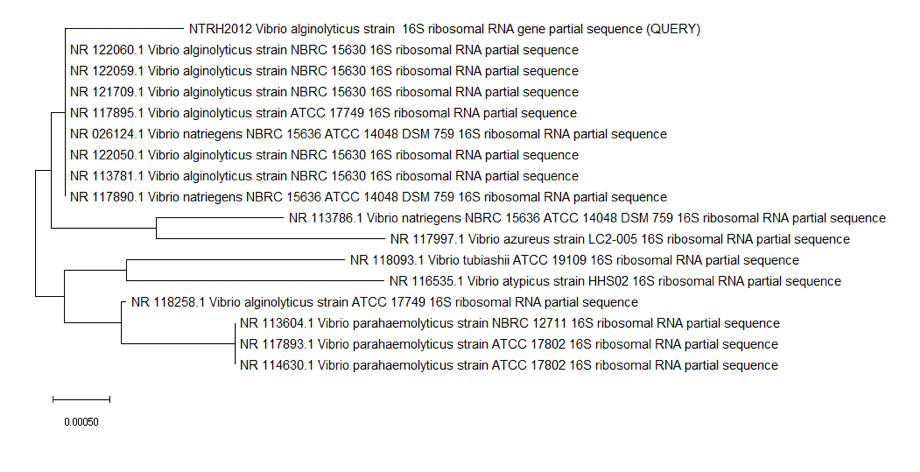 |
|
Vibrio alginolyticus, a native microorganism of the shrimp wastes, was selected to synthesize ß-N-acetylglucosaminidase and produce N-acetylglucosamine by chitin hydrolysis. Successful design was achieving when the culture medium ingredients and fermentation parameters were optimized to maximize the active enzyme content in raw extracts. The results showed that a starter inoculum containing 1.0 × 106 cells/mL mixed with a liquid culture medium supplemented with chitin (35.13 g/L), sodium chloride (27.53 g/L), magnesium chloride (42.71 g/L), sodium sulfate (1.71 g/L), calcium chloride (20.84 g/L), and yeast extract (5.1 g/L) in a stirred tank bioreactor under operating conditions held constant at 26.6 °C, 7.3 pH value, 96.8 rpm and 1.6 VVM allows for obtaining an enzyme preparation with an activity of 0.041 U/mL, which compares favorably against the yield achieved using the reference commercial culture medium and represent three-fold more units of enzyme as compared to those obtained at the shake flask level (0.026 U/mL). These results suggest V. alginolyticus is a strong candidate for producing active chitinases and confirm that the microbial ecology studies for specific microorganisms selection and the optimizing of both the culture medium and fermentation parameters (for the selected microorganism) allow evolve efficiently from the spontaneous to directed fermentations.
Keywords: Vibrio alginolyticus, chitinases synthesis, chitin hydrolysis, acetylglucosamine production.
|
|
 |

